Rumen Hristov
Contactless Polysomnography: What Radio Waves Tell Us about Sleep
May 20, 2024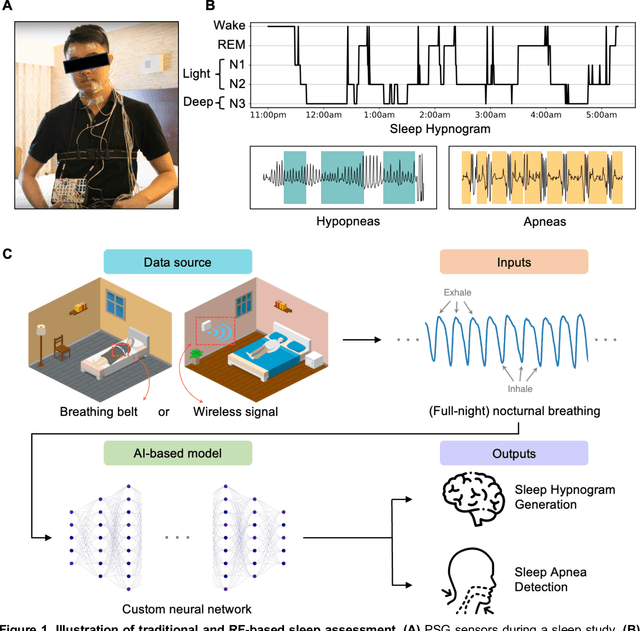
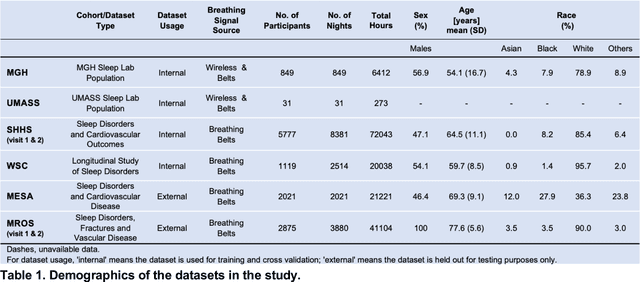
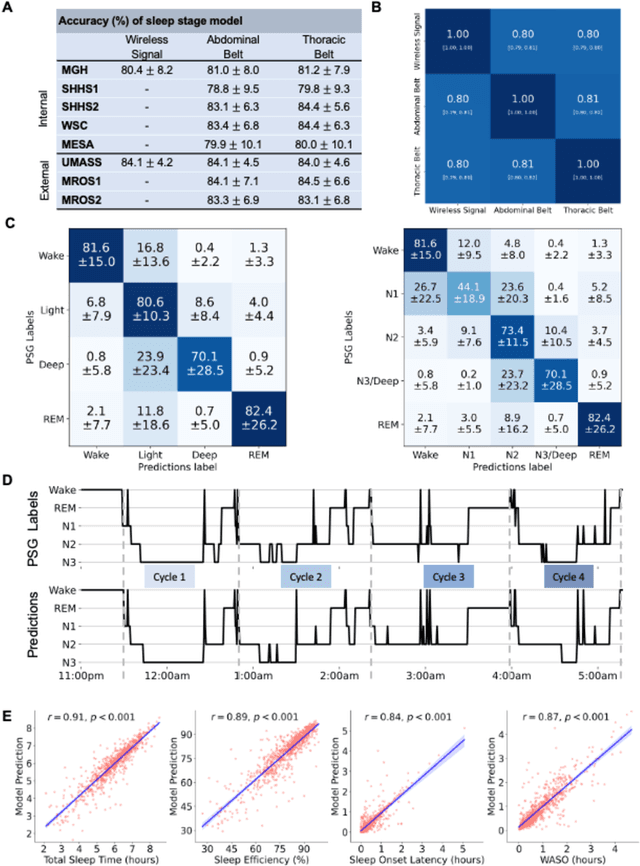
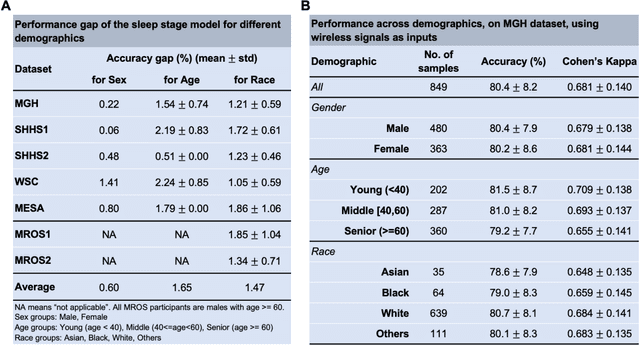
Abstract:The ability to assess sleep at home, capture sleep stages, and detect the occurrence of apnea (without on-body sensors) simply by analyzing the radio waves bouncing off people's bodies while they sleep is quite powerful. Such a capability would allow for longitudinal data collection in patients' homes, informing our understanding of sleep and its interaction with various diseases and their therapeutic responses, both in clinical trials and routine care. In this article, we develop an advanced machine learning algorithm for passively monitoring sleep and nocturnal breathing from radio waves reflected off people while asleep. Validation results in comparison with the gold standard (i.e., polysomnography) (n=849) demonstrate that the model captures the sleep hypnogram (with an accuracy of 81% for 30-second epochs categorized into Wake, Light Sleep, Deep Sleep, or REM), detects sleep apnea (AUROC = 0.88), and measures the patient's Apnea-Hypopnea Index (ICC=0.95; 95% CI = [0.93, 0.97]). Notably, the model exhibits equitable performance across race, sex, and age. Moreover, the model uncovers informative interactions between sleep stages and a range of diseases including neurological, psychiatric, cardiovascular, and immunological disorders. These findings not only hold promise for clinical practice and interventional trials but also underscore the significance of sleep as a fundamental component in understanding and managing various diseases.
Learning Longterm Representations for Person Re-Identification Using Radio Signals
Apr 02, 2020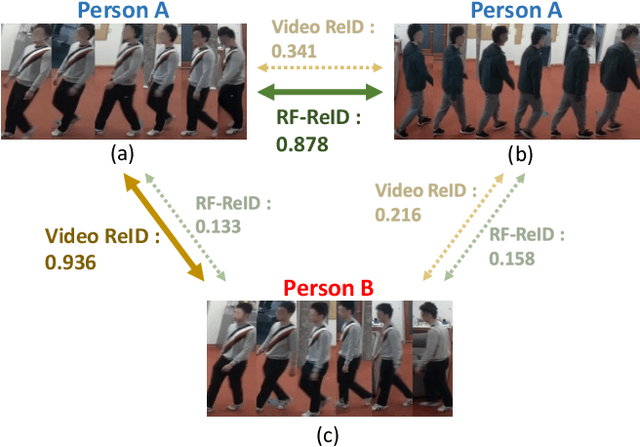

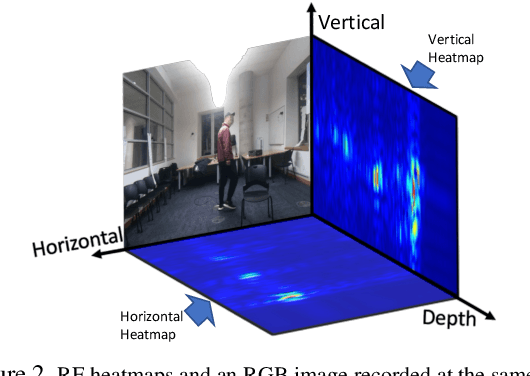

Abstract:Person Re-Identification (ReID) aims to recognize a person-of-interest across different places and times. Existing ReID methods rely on images or videos collected using RGB cameras. They extract appearance features like clothes, shoes, hair, etc. Such features, however, can change drastically from one day to the next, leading to inability to identify people over extended time periods. In this paper, we introduce RF-ReID, a novel approach that harnesses radio frequency (RF) signals for longterm person ReID. RF signals traverse clothes and reflect off the human body; thus they can be used to extract more persistent human-identifying features like body size and shape. We evaluate the performance of RF-ReID on longitudinal datasets that span days and weeks, where the person may wear different clothes across days. Our experiments demonstrate that RF-ReID outperforms state-of-the-art RGB-based ReID approaches for long term person ReID. Our results also reveal two interesting features: First since RF signals work in the presence of occlusions and poor lighting, RF-ReID allows for person ReID in such scenarios. Second, unlike photos and videos which reveal personal and private information, RF signals are more privacy-preserving, and hence can help extend person ReID to privacy-concerned domains, like healthcare.
 Add to Chrome
Add to Chrome Add to Firefox
Add to Firefox Add to Edge
Add to Edge